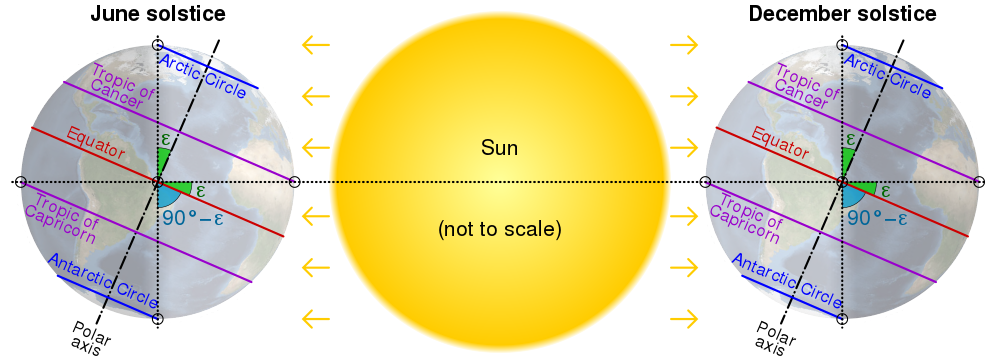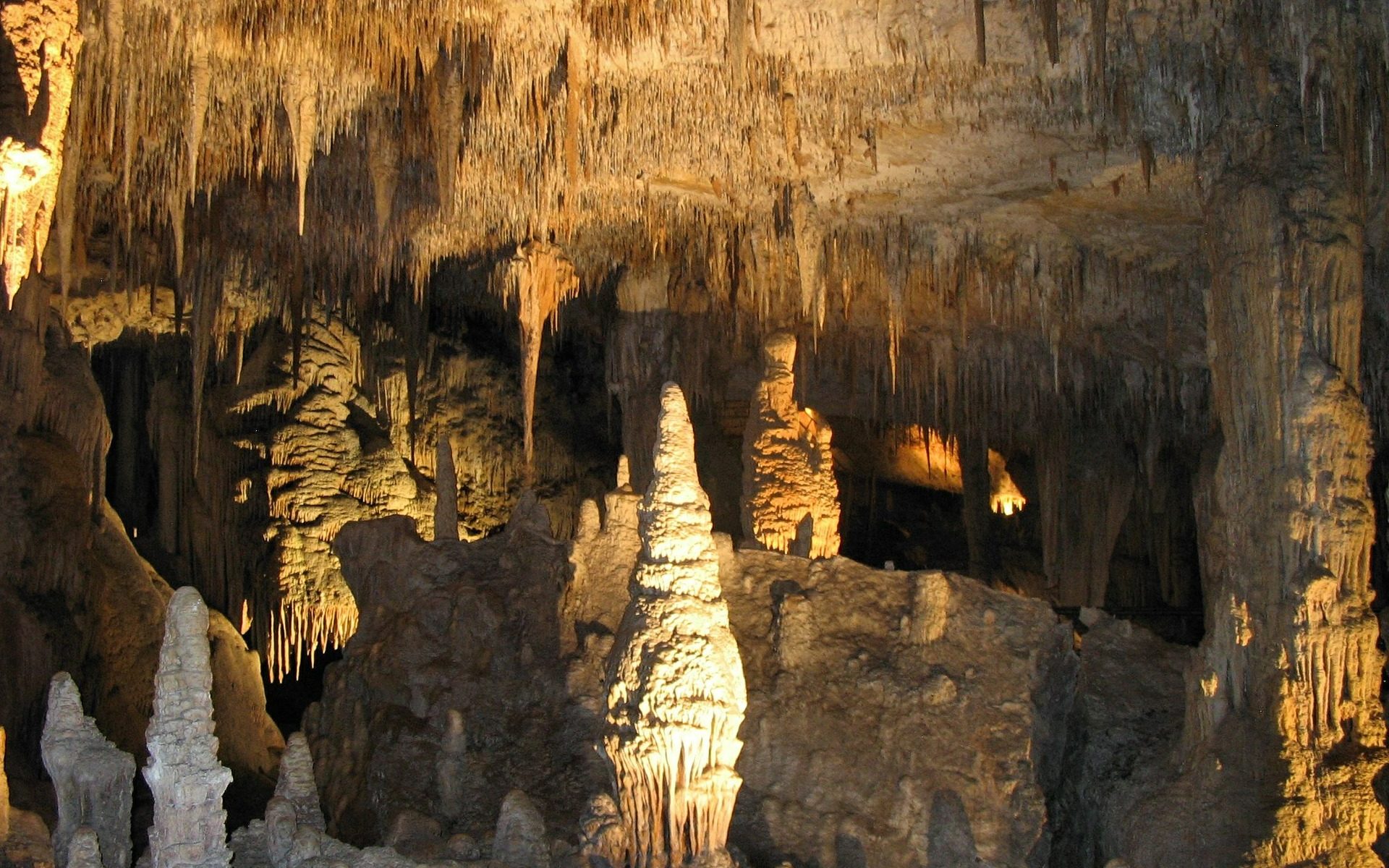Paper: Persistent influence of obliquity on ice age terminations since the Middle Pleistocene transition
Featured image: Stalagmites captured by mareke on Pixabay
Authors: Petra Bajo, Russell N. Drysdale, Jon D. Woodhead, John C. Hellstrom, David Hodell, Patrizia Ferretti, Antje H.L. Voelker, Giovanni Zanchetta, Teresa Rodrigues, Eric Wolff, Jonathan Tyler, Silvia Frisia, Christoph Spötl, Anthony E. Fallick
Our planet has been circling and spinning in a wobbly dance around the Sun for billions of years. The exact motions of this dance- governed by Earth’s near-circular orbit (eccentricity), the tilt of its axis, and the orientation of the tilted axis in space (precession) fluctuate predictably. Variations in this planetary dance have changed the amount and distribution of sunlight reaching Earth’s surface through time, and have determined when the planet experienced long periods of cold temperatures and growth of massive ice caps on the continents (ice ages). However, scientists have not been so sure about which planetary motion is the most important for the timing of ice ages. New research uses climate information stored in caves to precisely link these motions to ice ages, showing that axis tilt may be the most important position in the dance when it comes to pulling Earth’s climate out of those frigid times.

Previously, scientists had tentatively concluded that changes in Earth’s tilt timed higher-frequency ice ages before 1.2 million years ago whereas changes in eccentricity and precession timed the most recent, lower-frequency ice ages. These findings mainly came from measurements of oxygen in microfossil shells from ocean sediments (which reflect how relatively cold and ice-covered the planet has been in the past). To most confidently link past climate to astronomical changes, however, the timeline of Earth’s changing climate recorded in ocean sediments has to be very precise. Constructing such an exact timeline has been particularly difficult, since the only way to absolutely date ocean sediments is using the decay of radiocarbon. This radioactive clock becomes obsolete for any Earth history older than about 50,000 years ago, and so this dating method cannot be used to accurately date most of our past ice ages.
Bajo and colleagues overcame this hurdle by tying together climate records from two unique places: stalagmites and Atlantic Ocean sediments. Remarkably, oxygen measured in their stalagmites in Italy’s Corchia Cave and previously-studied stalagmites in China captured major features of the oxygen climate signal in the Atlantic sediments. Unlike the ocean sediments, however, the cave formations also contain undisturbed traces of uranium and lead, a pair of radioactive elements with long half-lives that can directly date climate changes much farther back in time than radiocarbon. Thus, the authors were able to connect these precise stalagmite-based timelines to their oxygen record of climate change in the ocean, then link this precisely-dated ocean climate record of ice ages to calculated changes in our planetary motions.
Comparisons between eccentricity, tilt, precession, and the Atlantic Ocean sediment climate signal showed that changes in Earth’s tilt have regularly driven Earth out of ice ages for the last one million years. The end of each ice age always corresponded to times when the Earth’s axis was more tilted. In addition, the post-ice age periods of warming matched up with greater amounts of sunlight hitting polar regions of the Northern Hemisphere during the summer, which is also heavily influenced by changes in Earth’s tilt. By showing that tilt has consistently affected ice sheet decay for the last million years, this study has helped illustrate the sensitivity of Earth’s climate to our planet’s movements. However, since our axis tilt oscillates every 41,000 years, our imminent climate will depend far less on planetary motion but instead on the extent of extreme warming caused by humans.
Cave formations show link between ice ages and the tilt of Earth’s axis by Lloyd Anderson is licensed under a Creative Commons Attribution-ShareAlike 4.0 International License.


Such a clear, concise and understandable summary of this research! I have often wondered what events contributed to the ending of the ice ages. Thank you, Lloyd Anderson!